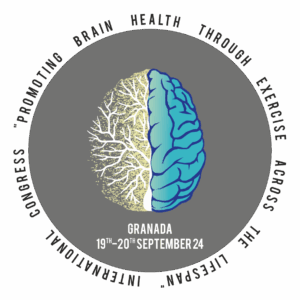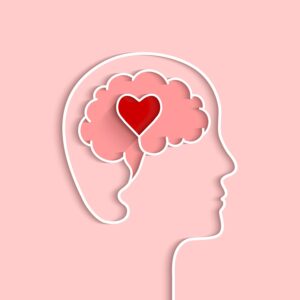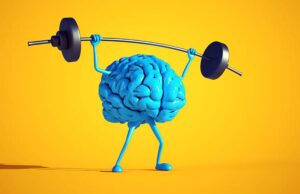
The human brain is one of the most fascinating and resilient organs in our body. Despite its complexity, scientists have discovered that it possesses incredible adaptability—sometimes even after significant damage. One of the most astonishing facts is that, under certain circumstances, half of a person’s brain can be removed, and they can still lead a relatively normal life. This revelation not only surprises us but also opens up new avenues for understanding brain plasticity and healing. So, let’s dive into the remarkable world of the brain and explore how this incredible organ can sometimes get by with less than we ever imagined!
Unlocking Brain Mysteries: How Half a Brain Can Still Keep You Going
Imagine losing half of your brain and still being able to read, speak, and even move around. It sounds like science fiction, but in reality, this is possible thanks to the brain’s extraordinary ability to reorganize itself—a phenomenon called neuroplasticity. When one hemisphere is damaged or removed, the other can sometimes adapt and take over many of its functions. This is especially true in young children, whose brains are more flexible and open to change, but it can also happen in adults under certain circumstances. For example, in cases of severe epilepsy, surgeons sometimes perform a procedure called hemispherectomy, removing or disabling one hemisphere to control seizures, and many patients go on to live active, meaningful lives afterward.
The process of the brain adapting to such drastic changes is nothing short of astonishing. After half a brain is removed, the remaining hemisphere often rewires itself, forming new connections to compensate for lost functions. This rewiring enables patients to regain abilities like walking, talking, and even playing musical instruments. Researchers believe that the remaining brain hemisphere can grow stronger and develop new neural pathways, effectively taking on responsibilities previously managed by the missing hemisphere. It’s a testament to the brain’s resilience and its uncanny ability to heal itself when faced with adversity.
However, it’s important to note that not everyone can recover fully from such a drastic procedure. The outcomes depend on factors like age, the reason for the removal, and the specific areas affected. In children, the brain’s plasticity is at its peak, making full or near-full recovery more common. In adults, some deficits may persist, but many still demonstrate incredible adaptability. Overall, this ability of the brain to survive and function after losing half of itself underscores the importance of early intervention and the remarkable potential for healing within our minds.
Amazing Brain Resilience: The Surprising Power of Brain Hemispheres
Our brain is divided into two hemispheres, each with its unique specialties—like a talented duo working together seamlessly. When one hemisphere takes a hit, the other can sometimes step into the breach, showcasing the brain’s resilience and surprising power. For example, in patients who have undergone hemispherectomy, many have shown remarkable recovery, often regaining speech, movement, and other essential functions. This resilience is partly due to the brain’s ability to reorganize itself and assign new roles to different parts, a process that is as fascinating as it is inspiring.
Scientists have also observed that the two hemispheres are more interconnected than previously thought. They communicate through a bundle of nerve fibers called the corpus callosum, which acts like a superhighway connecting them. When one hemisphere is damaged, the other can sometimes compensate by strengthening its connections and taking on additional responsibilities. This flexibility allows for continued functioning even when parts of the brain are compromised. Such resilience highlights the importance of early diagnosis and intervention, giving the brain the best chance to adapt and thrive despite setbacks.
Moreover, this resilience explains why some individuals can survive severe brain injuries and still lead productive lives. It provides hope for patients and their families, illustrating that even in the face of overwhelming challenges, the human brain can surprise us with its ability to recover and adapt. Researchers continue to study this phenomenon, uncovering new ways to harness the brain’s natural plasticity to develop better treatments and rehabilitation strategies. The fact that half a brain can be removed and yet still support a person’s life is a cheerful reminder of our incredible biological resilience and the boundless potential hidden within our minds.






